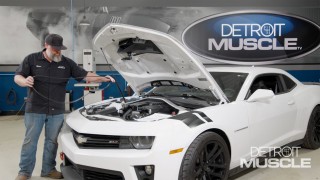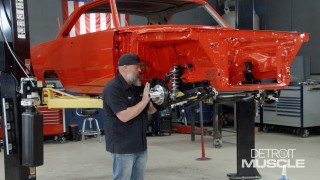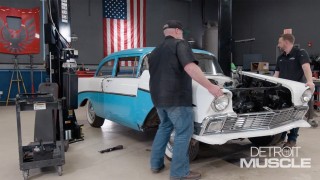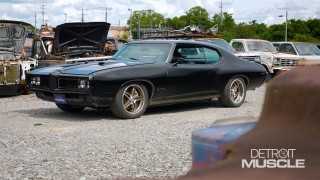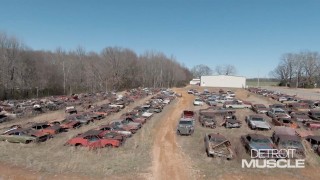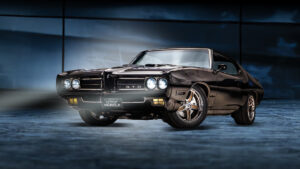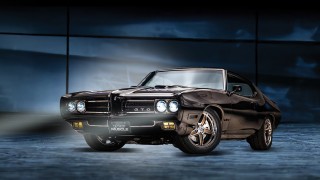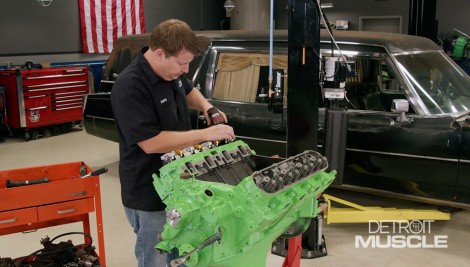
Upgrading the Cadillac 500 To Make Serious Heavy Horsepower
Our '76 Cadillac Hearse gets some engine upgrades to help it get down track. Plus, Tommy goes on the hunt for an axle to keep all that power to the pavement.
Season 8
Episode 2
Hosts: Tommy Boshers, Marc Christ
First Air Date: January 16, 2021
Duration: 21 minutes 35 seconds

